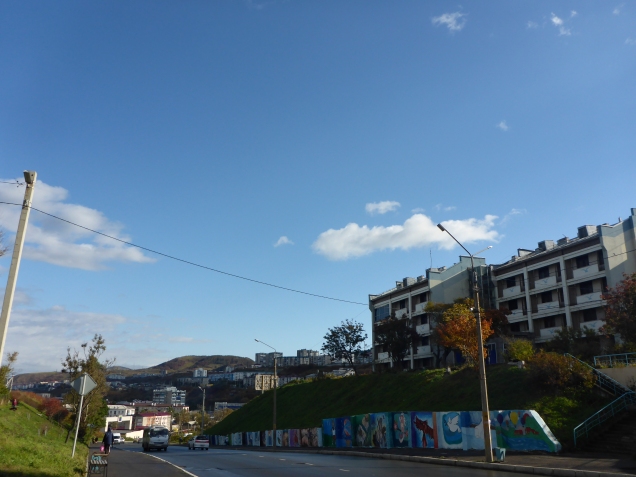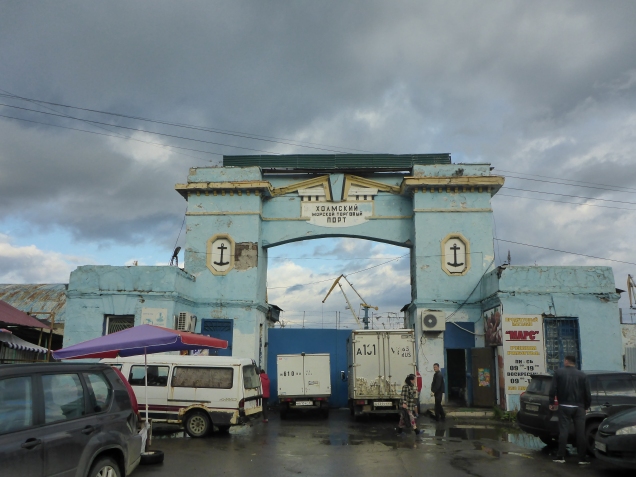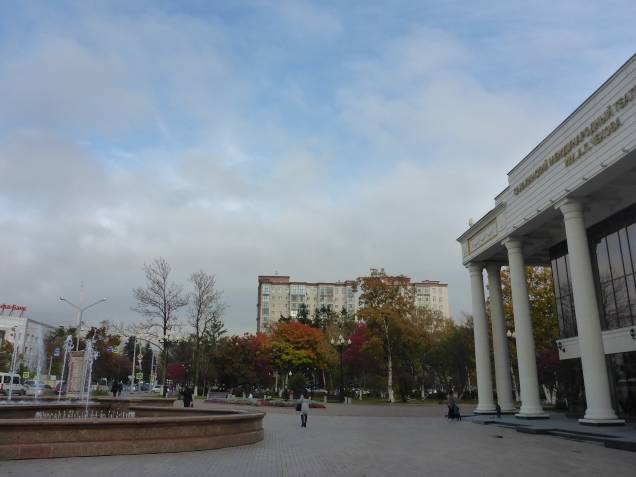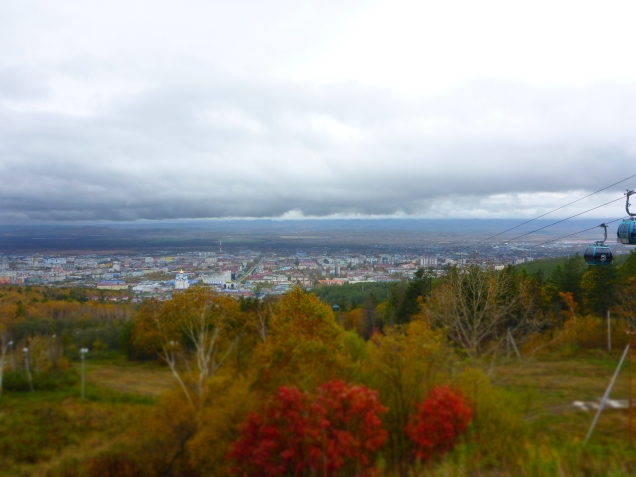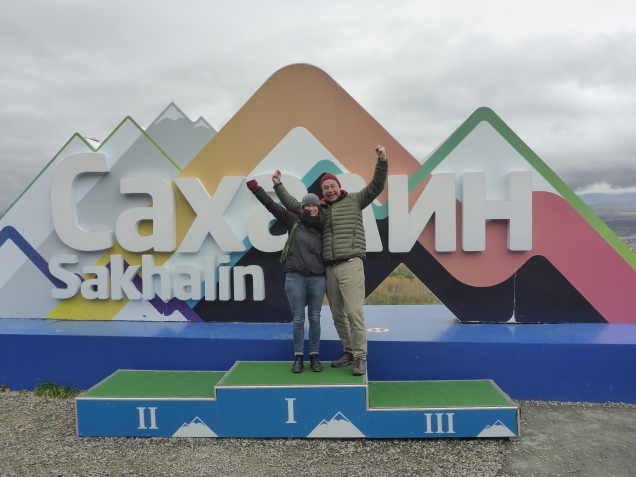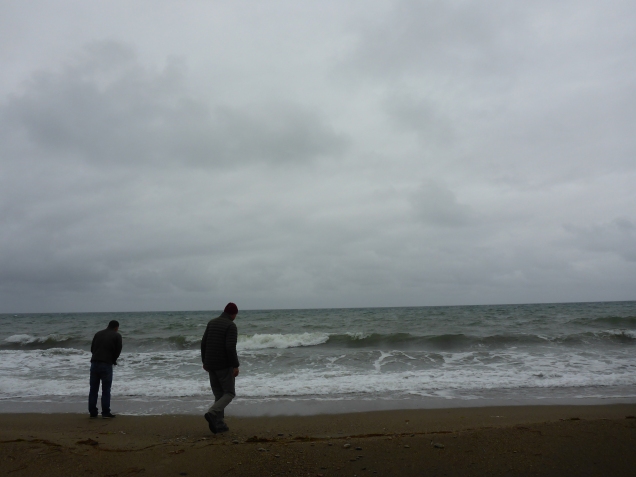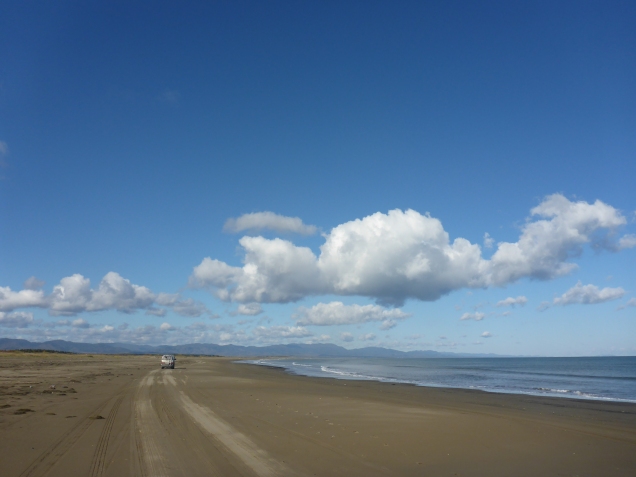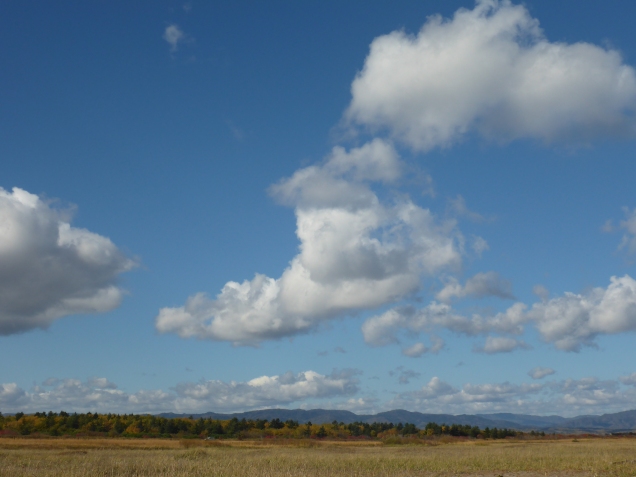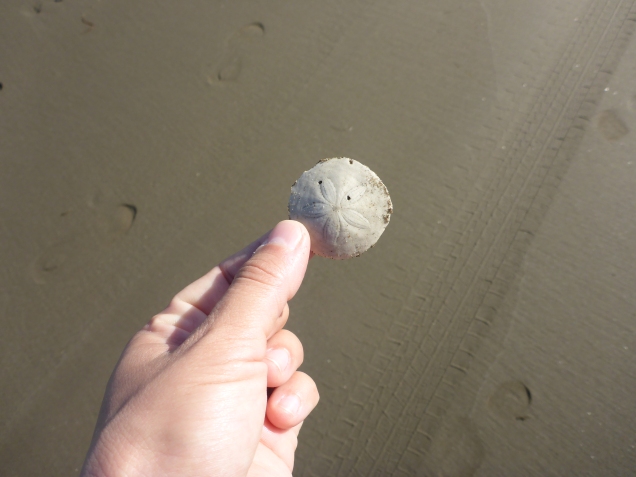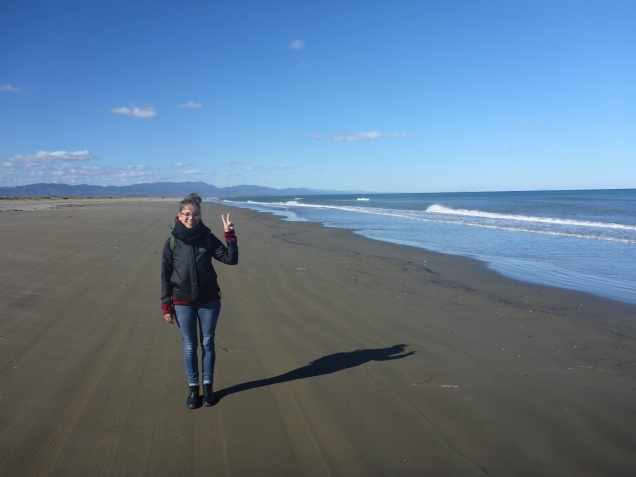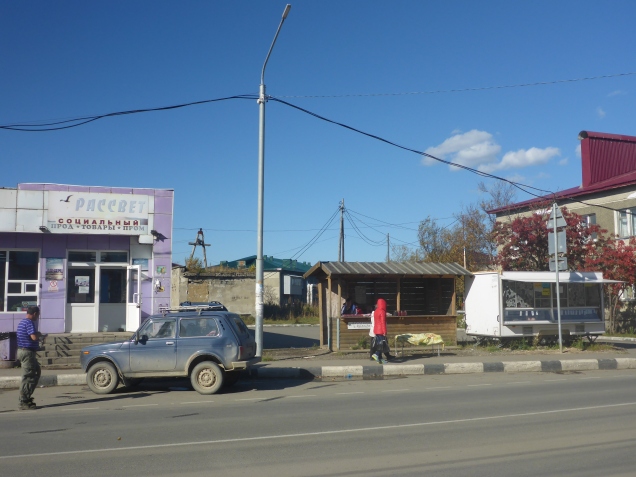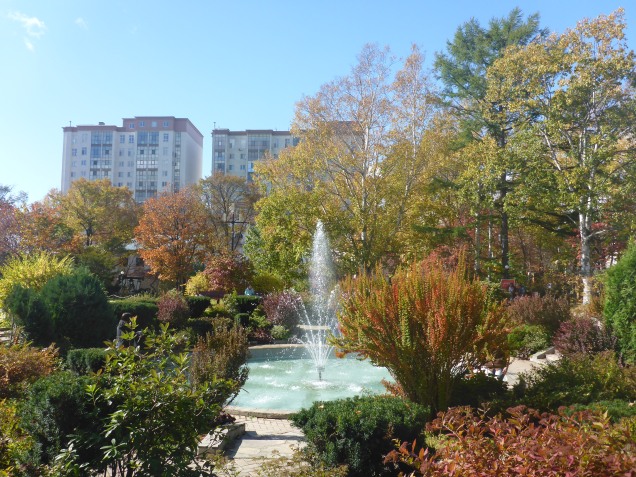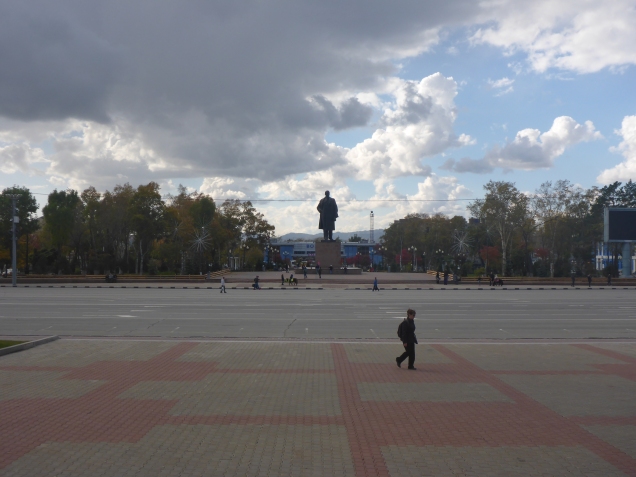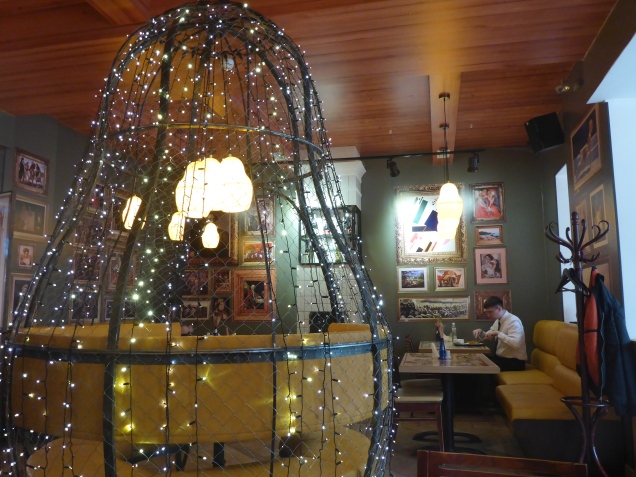It felt like a long time since we’d really been on a train (at this point, 15 hours don’t really count as a proper ride) and I was happy to jump on again. The start turned out to be a bit more adventurous, since the train station in Ulan-Ude didn’t have any display for departing trains and absolutely no one at the whole train station seemed to know which platfrom our train left from. The lady at the information desk, who seemed to be really sick and tired of her job, actually yelled at me through her microphone when I showed her my ticket. The departure time came and went, no train arrived and we had no clue of what was going on. Until we found two women who could speak a bit of German and kindly explained to us in a mix of languages and hand gestures that the train was delayed. An hour later we boarded and traveled 11 hours to Chita for a short stop-over to the next train, 30 hours to Tynda. This train was also delayed, by almost two hours, and we spent our time in a real soviet looking cantine and waiting outside for a long time – since we couldn’t understand the informations it was better to just hang around the platforms to be sure. And then we also realized why the eastbound trains were all late: we had seen a derailed train on our way around the Baikal, between Irkutsk and Ulan-Ude, which was causing long lines of passenger and cargo trains along the way. I guess it’s not so easy to clear a long dysfunctional train out of the way in the middle of the mountains.
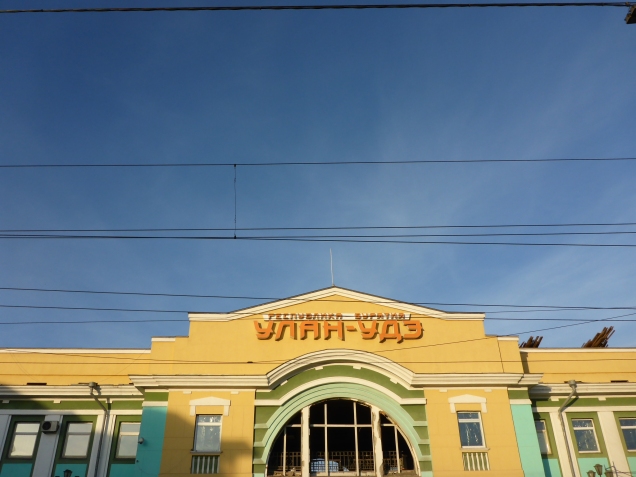
Finally our train arrived and we got ready for the next day and a half on board. I had a small heart attack as my laptop wouldn’t turn on or even charge and just crept into bed and slept through the longest part of the journey. On the previous trains we were lucky enough to have no snoring issues, which unfortunately backfired on these rides where we were placed in the same car with the world champions. Thank heavens for effective ear plugs, I slept for 12 hours straight.
Sometime in the night our train got off the Trans-Siberian route on the so called ”little BAM”, a train line that connects the Trans-Siberian with the Baikal-Amur-Mainline (BAM). The BAM is a less frequented line that goes through extremely remote areas, crossing the endless taiga and straight through mountains, either with routes hacked in the stone or through tunnels – the longest one is 15 km! At our next stop, the truly Soviet town Tynda, we visited the BAM museum and got a feeling for the extreme effort of building this train line. It started in the 30’s when prisoners of war in the gulag camps were forced into labor. The work stopped when WWII started and wasn’t continued until the beginning of the 70’s. We saw pictures of workers trying to plunge their way through snow that was up to their necks (no kidding), hacking down forest and blasting away parts of mountains. No wonder it was called the ”Hero project of the century” back in the days when patriotic volunteers worked their way trough the permafrost. After seeing all the pictures from the construction and thinking about all the work that was put into this trainline – that for me actually just seems a mission impossible – made me appreciate the next part of our journey even more.
Our next bigger stop was Komsomolsk-na-Amur, 36 hours from Tynda, so we decided to stay in Tynda for a night to have a small break, take a shower, eat something else than noodles. Lonely planet describes Tynda as a ”nondescript town” and tells travelers to ”not expect quaint” and this made my expectations real low. I can see how they would write that, since Tynda is absolutely no beauty and on the first look seems like nothing you’d have to put on your check-list – but as one of the only bigger towns along the train line it’s a decent place to have a short layover. My guess is the authors didn’t really have a proper look at the town – or maybe didn’t even want to. The only accommodation recommended in the book is an old school shabby hotel, that doesn’t really have positive comments on Google. And probably the travelers often rely on their guidebook, go to this hotel and place their entire opinion of the town on it. I’m glad we took our time to get oriented, since it made us find a really modern, spotlessly clean hotel with a large room and bathroom, great breakfast and friendly staff. As a bonus the whole place was decorated with pictures of wolves, bears and huskies, even on carpets and towels. Instead of seeing the ”dark side” of Tyndas soviet style we felt it’s charme and talking to the English speaking guide at the museum – who was an older, funny and talkative lady – we got a little glimpse into the lives of people there. Some school boys on the street told us all the words they knew in English and suddenly the ugly facade showed us it’s very symphatic insides. Also, the history of Tynda is interesting: it used to be a tiny collection of wooden houses in the middle of nowhere way back in time, until the construction of the BAM, when housing started to rise for the workers and many of them just stayed. Despite the old and a bit shattered look of everything the city is spotlessly clean and it made an impression on us. Lesson of the day: don’t believe everything your guidebook tells you.

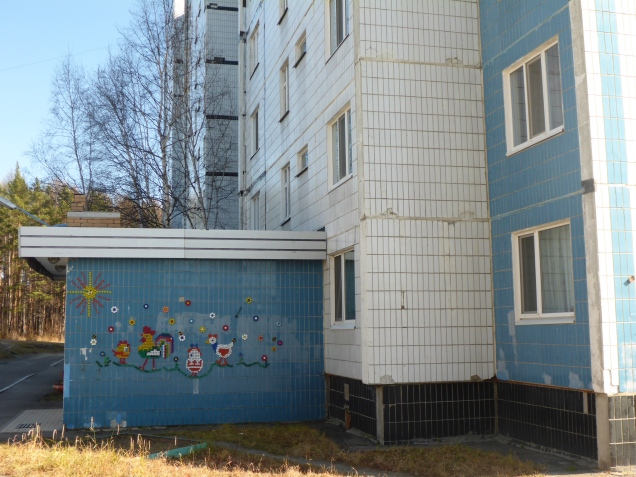
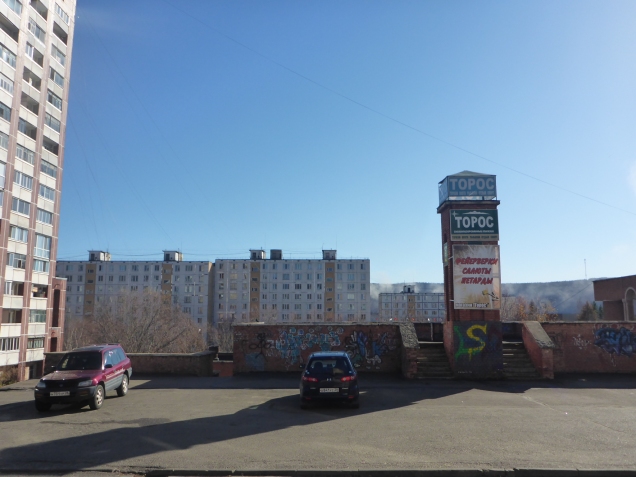

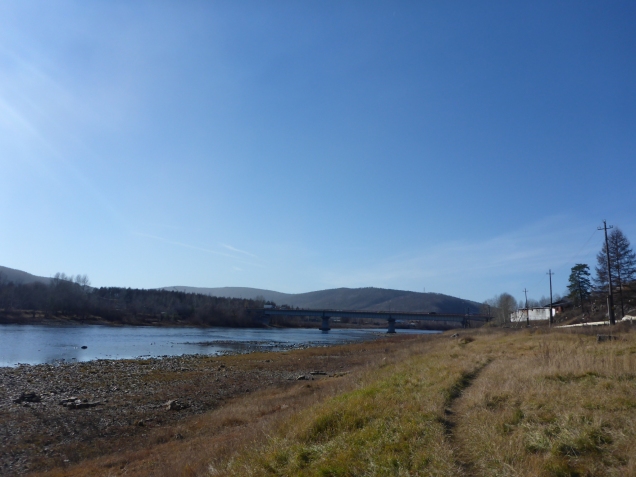
Happy after our eye-opening visit in this town in the middle of the forest we hopped on the train again for 36 hours. There had been a circus in town the night before and it seemed like the staff – including a parrot, some dogs and a thousand boxes – was on the same train with us. I think that the two old guys in our car, who snored like it was the end of the world, would have been perfect for the circus freak show. Out came the earplugs again…
Unfortunately we missed the most epic part of the BAM, which runs north of the Baikal and all the way to Tynda. We got on in Tynda, so the views we’re not as spectacular as getting through mountains of 3000 m and the tunnel of 15 km, but it was still amazing. The definition of endless was most likely invented here in the taiga: most of the time there was only flat land, swamps and woods that seemed to go on as far as the eye can see. I have never seen birch trees as white as here and there were thousands of them. Every once in a while some mountains could be glimpsed in the horizon and a few times the train rose from the valley over hilltops. There were little wooden shacks along the tracks, some of them collapsed or burnt, they probably served as shelters for either workers or passengers waiting for the next train. I was happy to be on the train – hanging in these forests waiting around would be tough.
The train ride took us 2 nights and 1 whole day during which I had planned to write and read – instead I just stared out of the window for ages, had a nap and just fell into the train hypnoze. It’s amazing how time seems to pass in a flash just sleeping or daydreaming, reading and observing the other passengers. This time we had a few drunks on board who quarreled amongst themselves, a mother with two small children trying to keep them occupied (by painting books with military tanks in them) and dayriders who got on and off at some small stations in the forest.
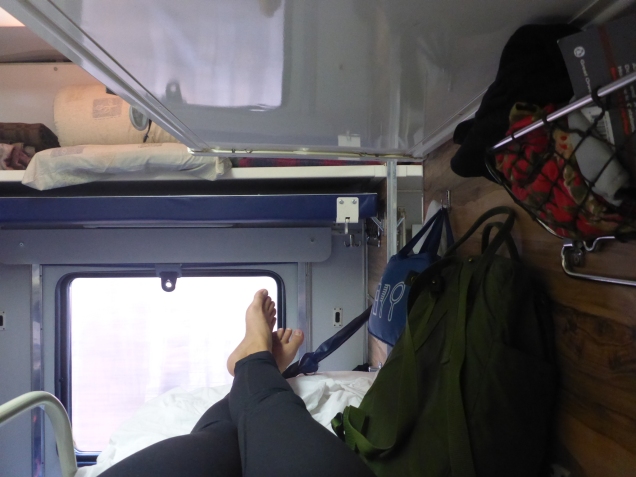


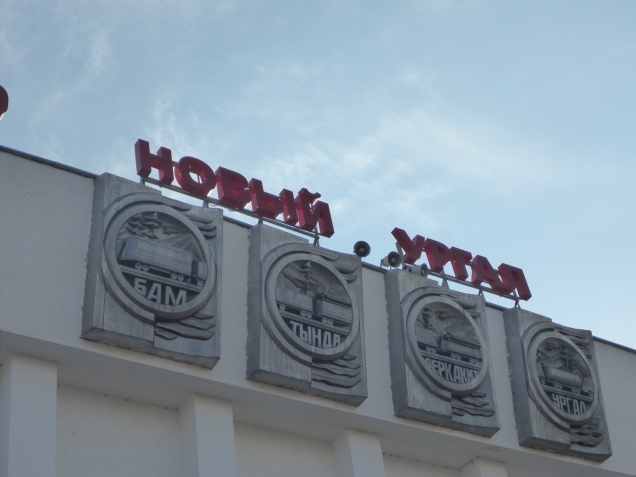
We got off in Komsomolsk-na-Amur and were pleasantly surprised: the city center has lots of old beautiful buildings in pastel colors (pink seemed to be the thing back in the days), soviet time mosaic murals and a really pleasant atmosphere. It was confusing though, since it felt like any Russian or European city but actually we were in Asia already. I wondered if the people here feel European or Asian – or just Russian? The waitress at the café couldn’t answer to that. But she could speak some English and told us that the tradition of their café is to invite the guests who come there for the first time – nice tradition!





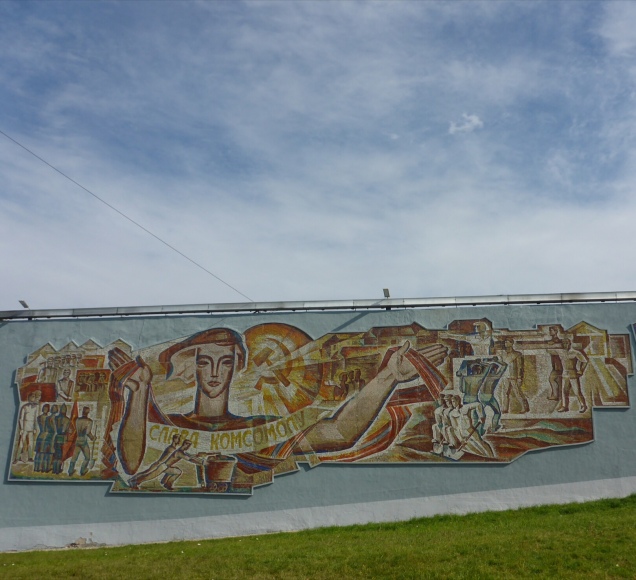

We thought we could find out something about the ferry from the next city Vanino to the island of Sakhalin but that was not really possible. Apparently it’s not possible to book any tickets in advance and the ferry timetables were completely dependent on the conditions in the Tartary straight, so our only option was to book train tickets to Vanino and find out. As Sakhalin was our goal all along we couldn’t give up now. The train ride of 500 km took 13 hours and when I woke up in the morning I saw the sun rise over the Pacific Ocean – quite a view! And quite a feeling for that matter – I realized suddenly very clearly that I had traveled all the way from Finland to the Pacific over land.
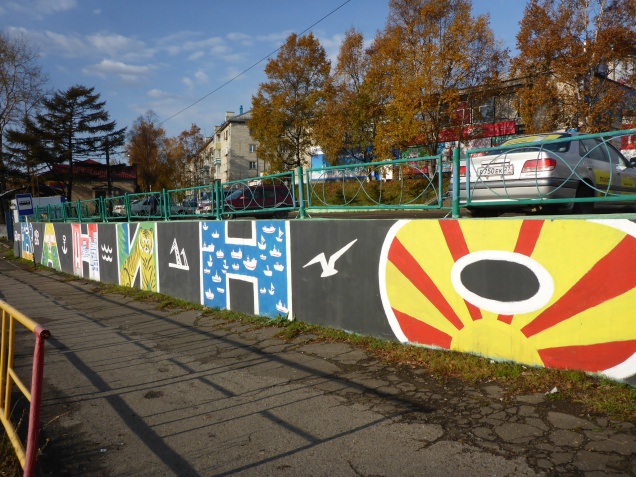

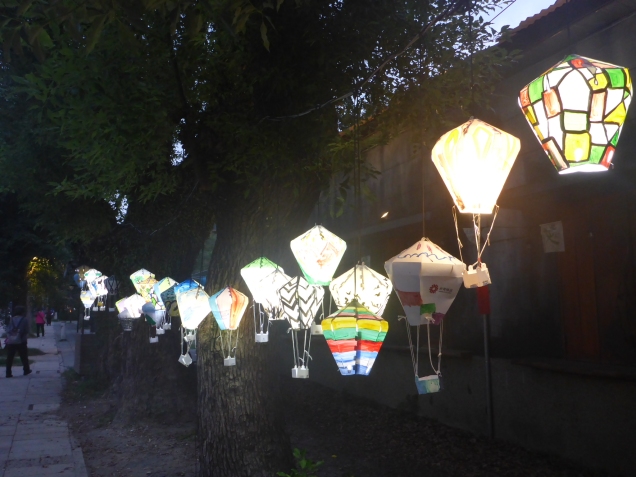
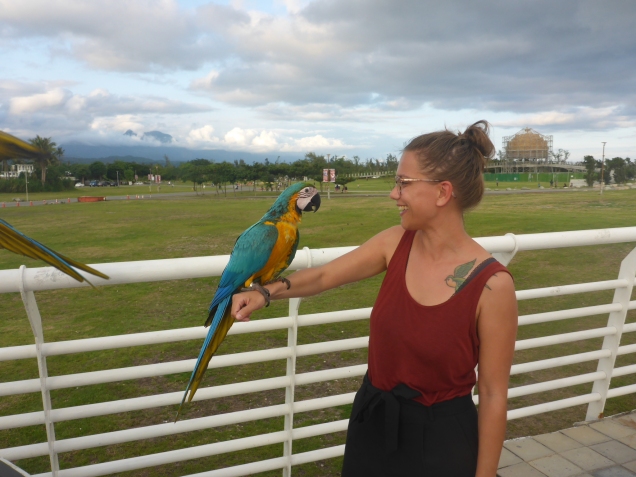








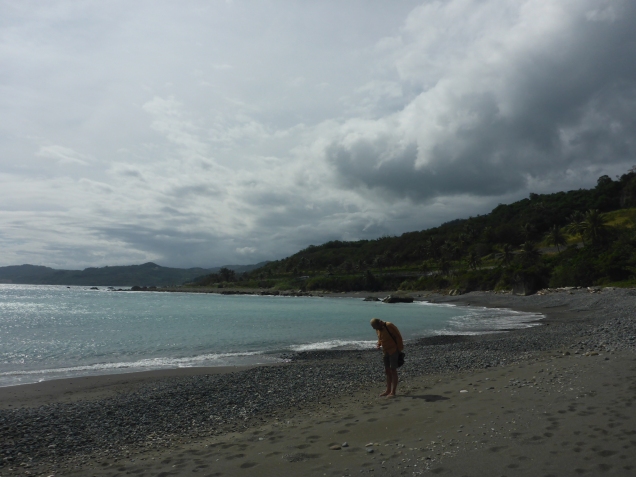









![IMG_20181124_221732-01[1]](https://verawanderlust.wordpress.com/wp-content/uploads/2018/11/img_20181124_221732-011.jpeg?w=500&h=666)










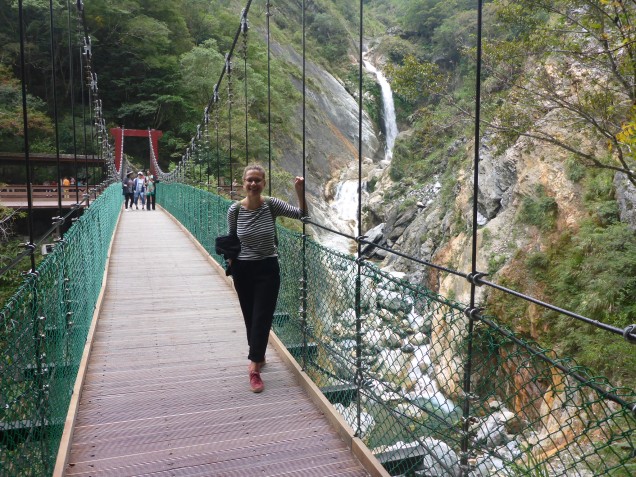






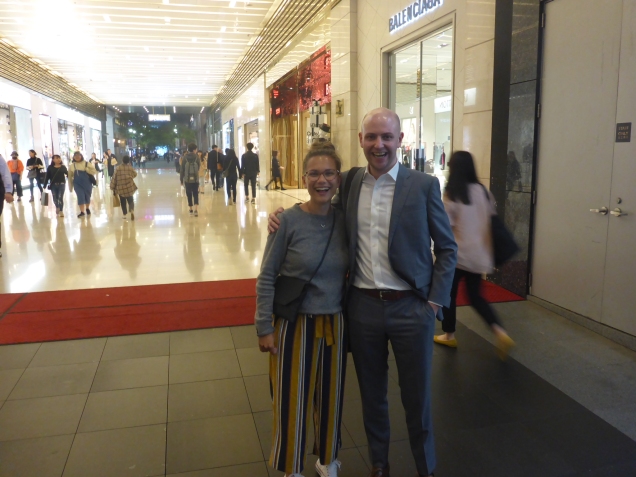
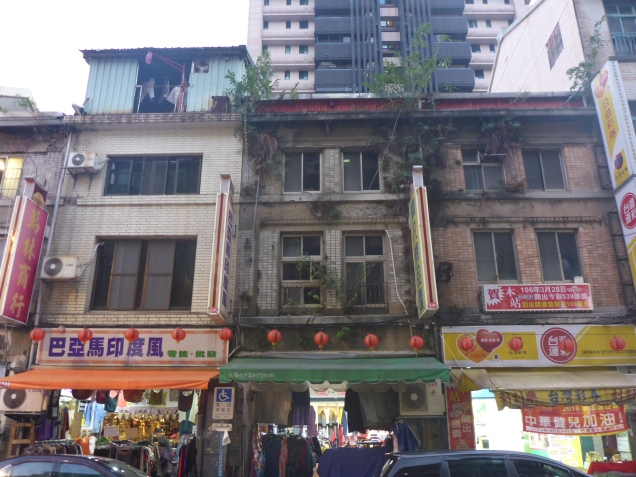


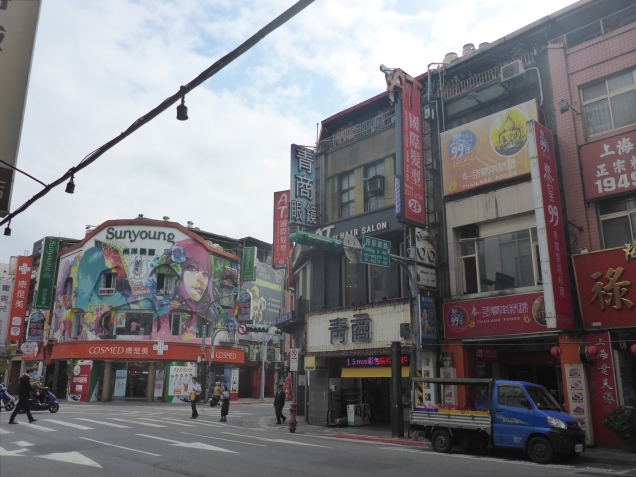


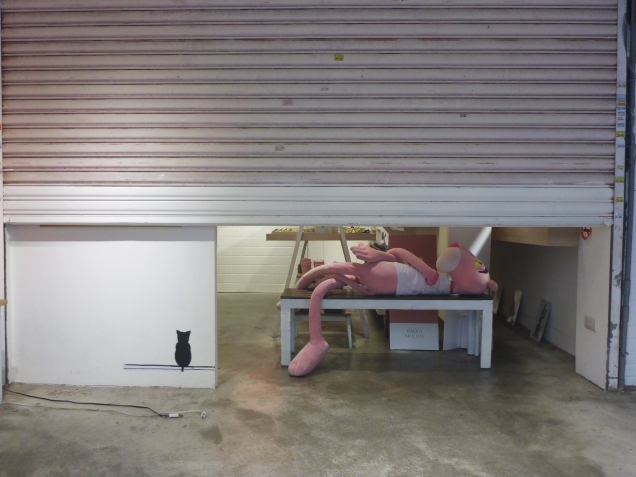

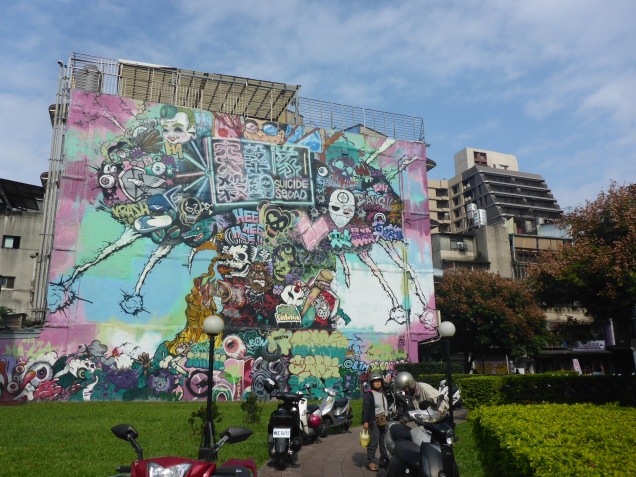





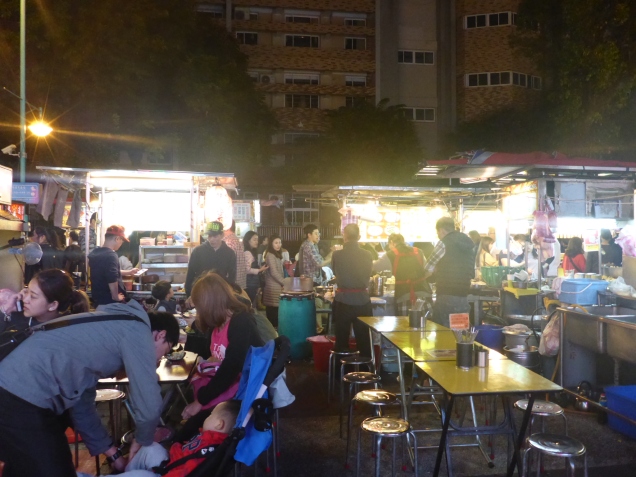
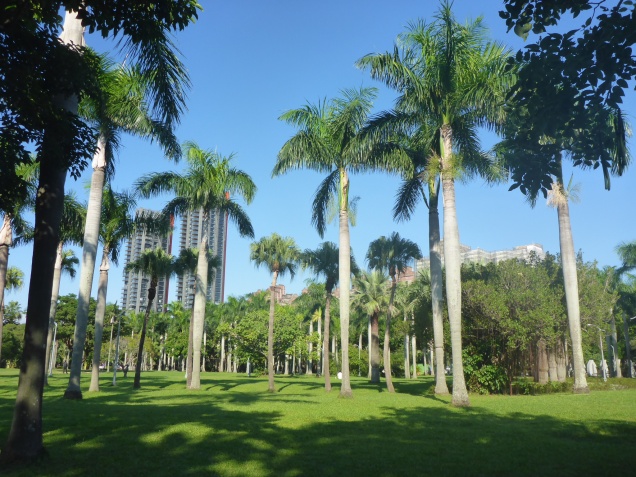




![20181119203353[1]](https://verawanderlust.wordpress.com/wp-content/uploads/2018/11/201811192033531.jpg?w=636)
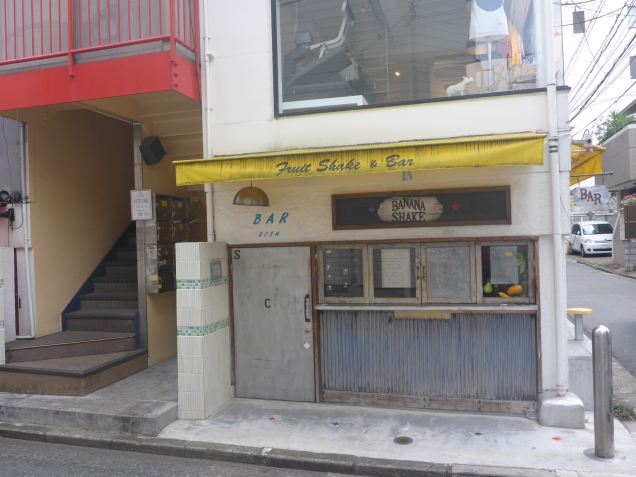

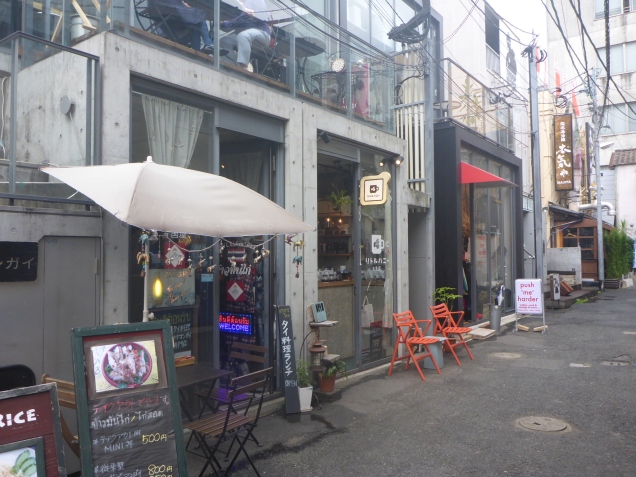

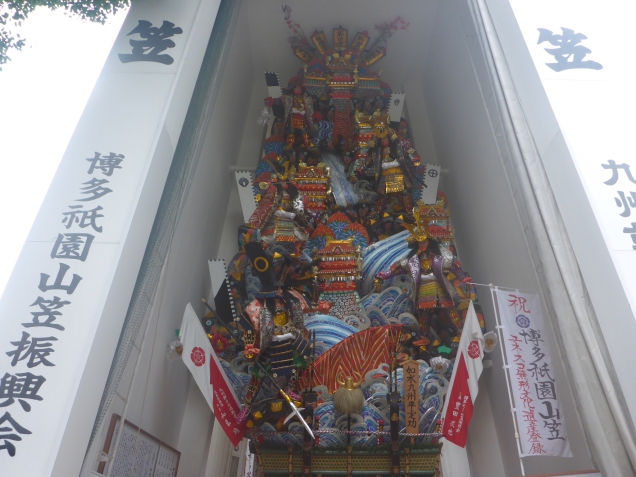
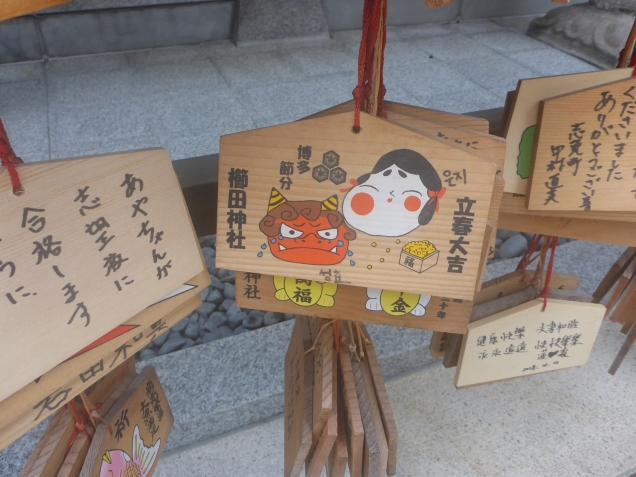
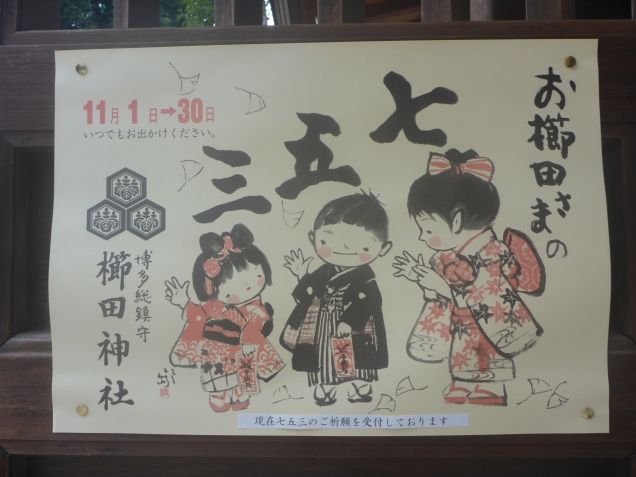




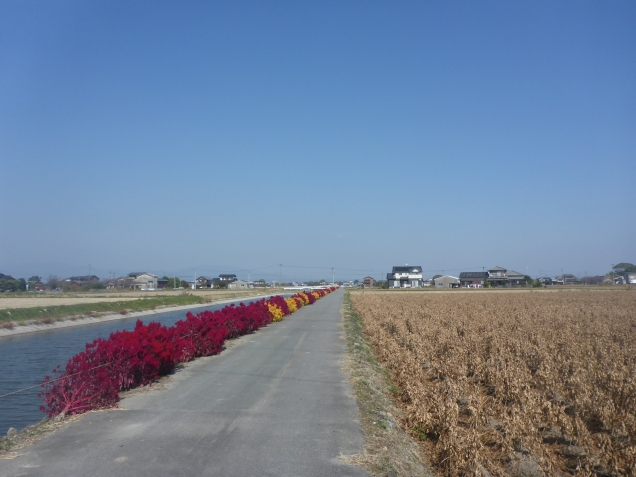



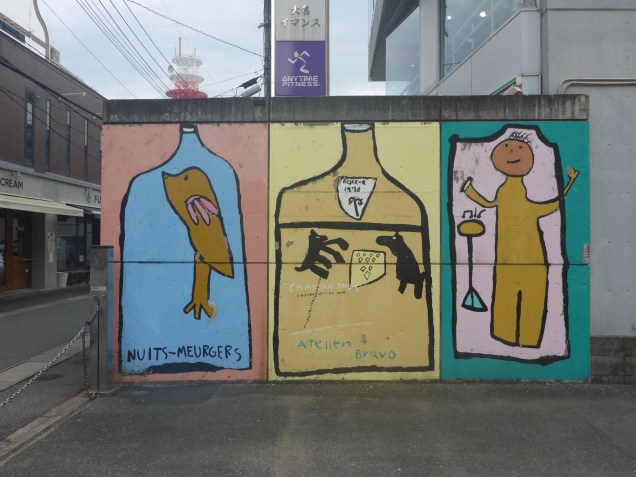



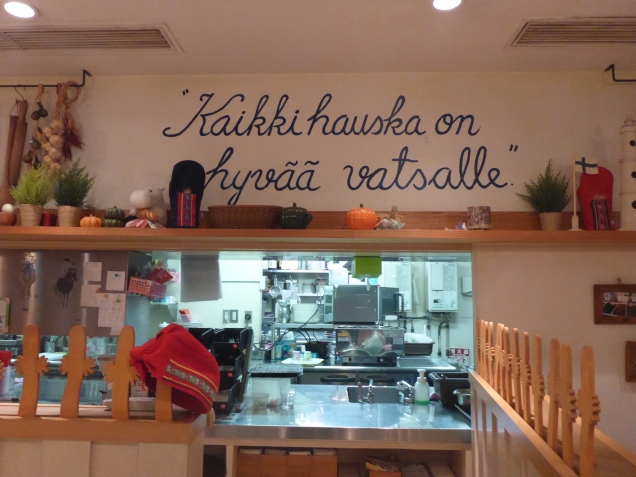





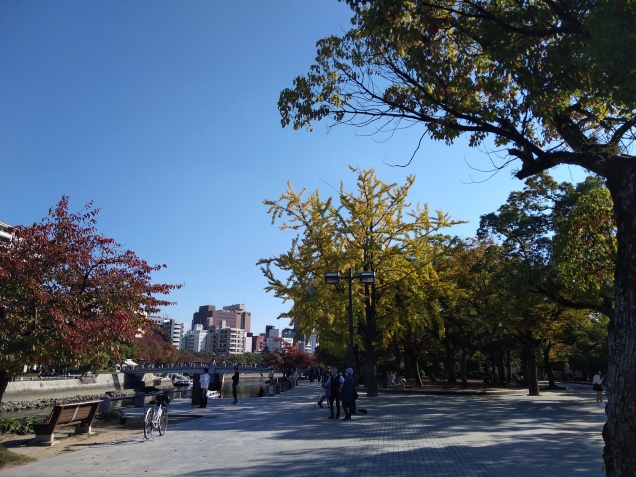

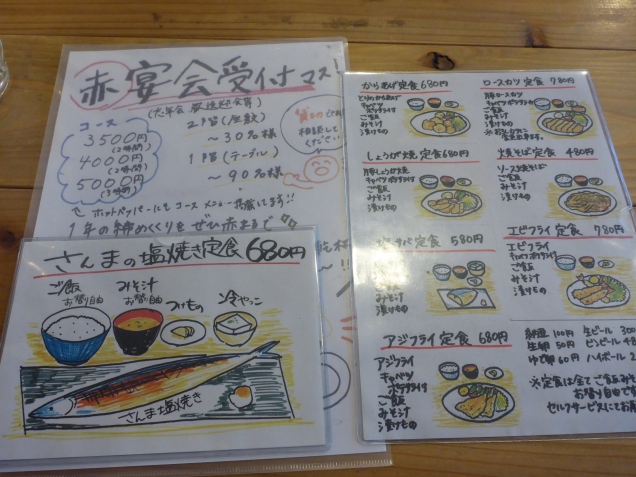









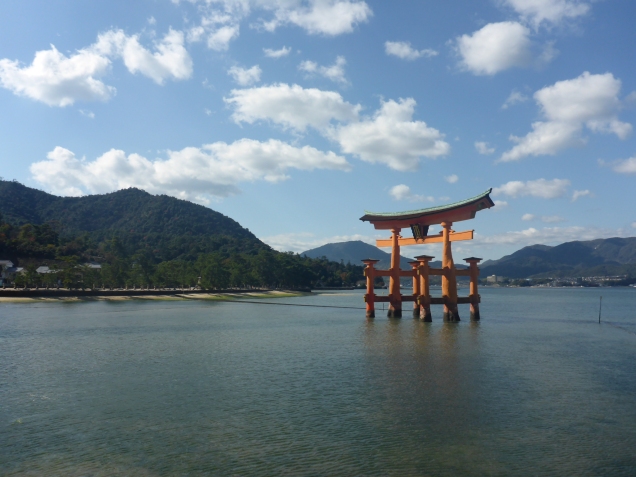


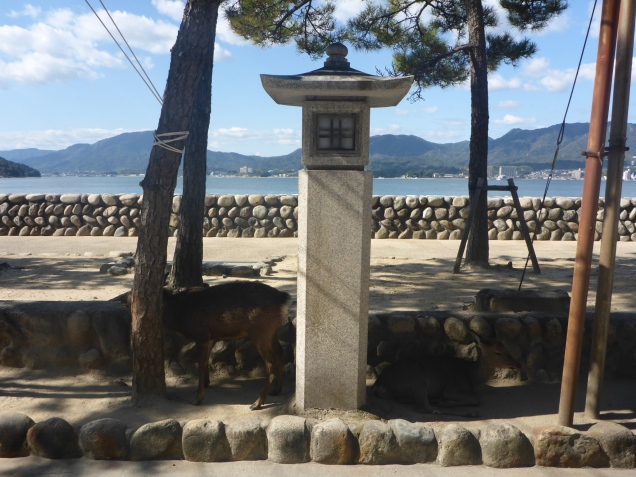





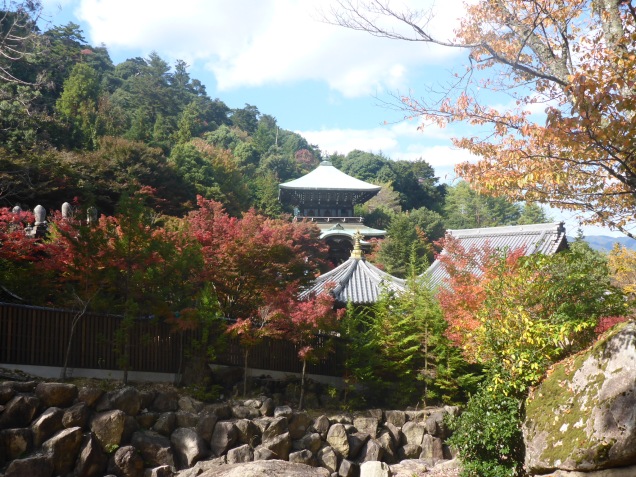


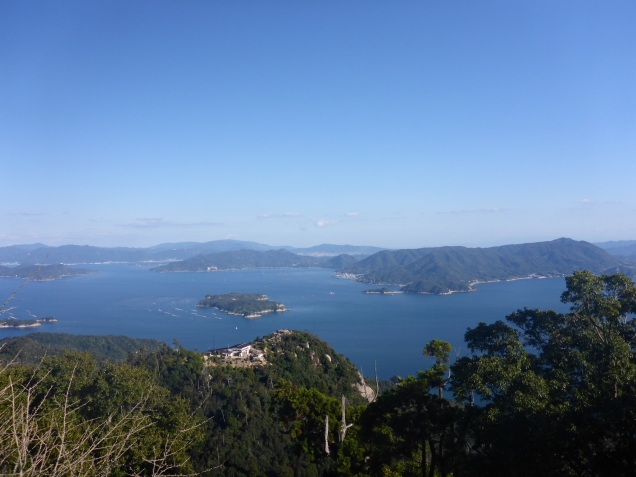
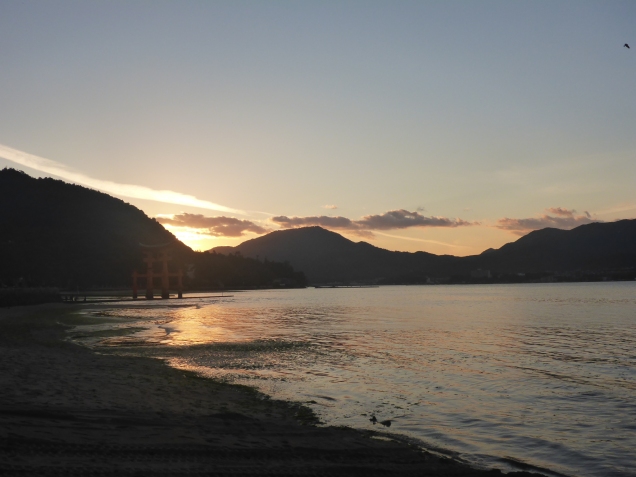
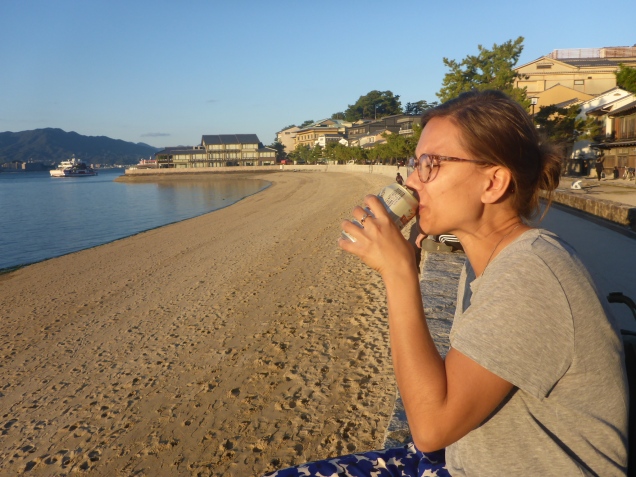

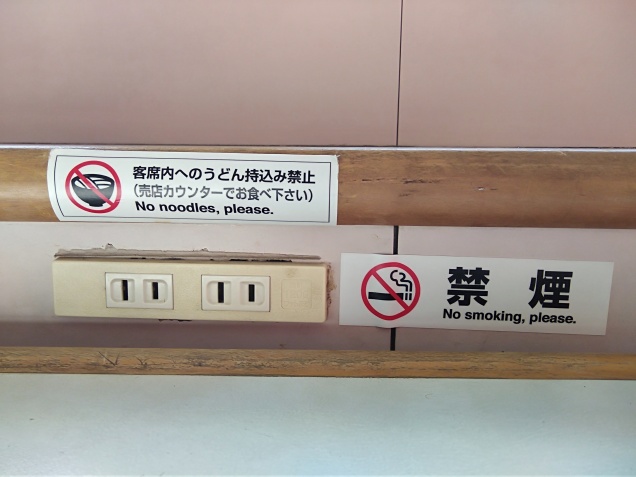

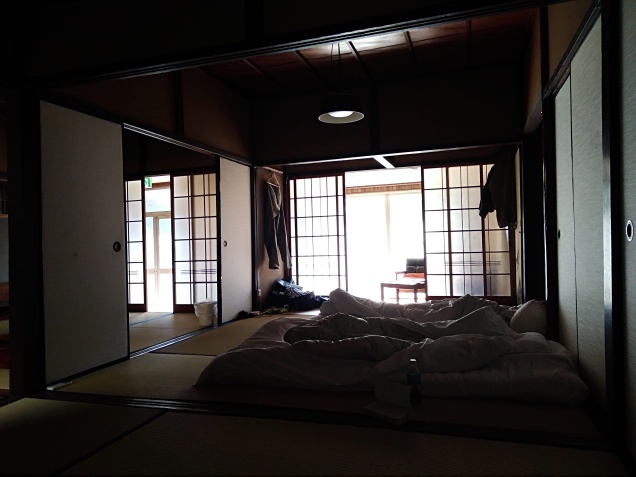

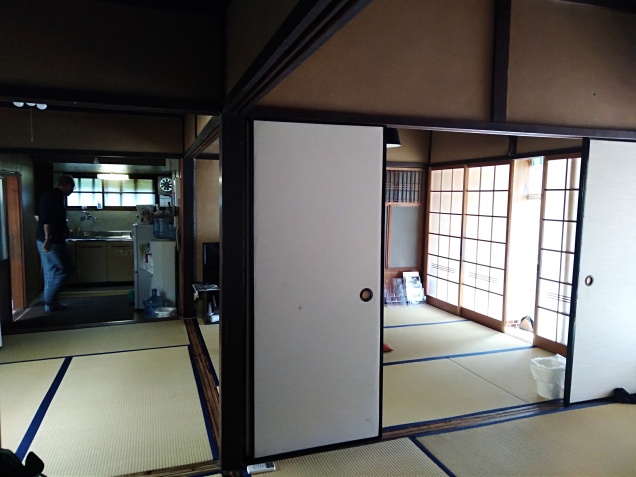
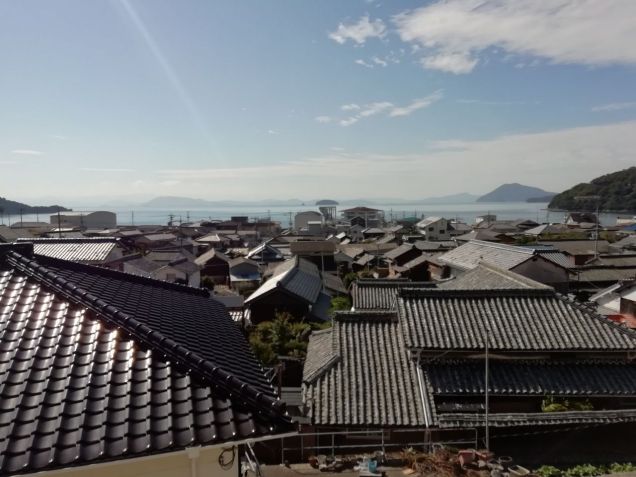

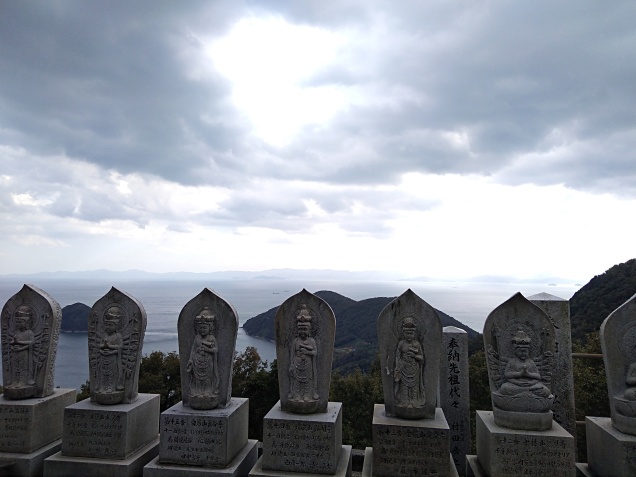





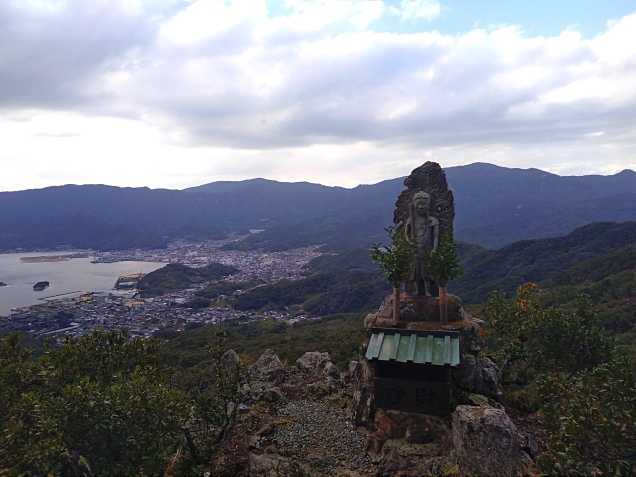

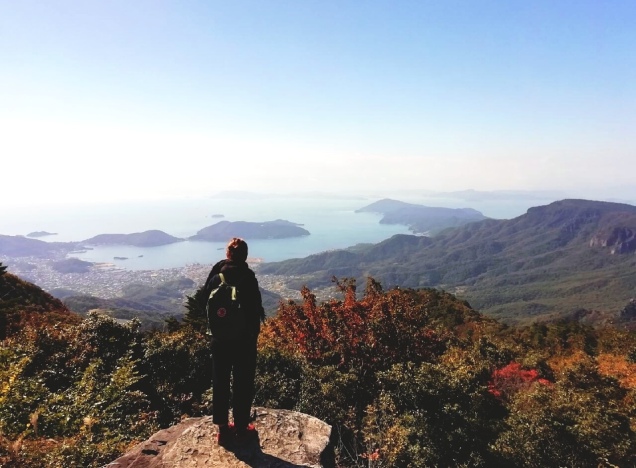

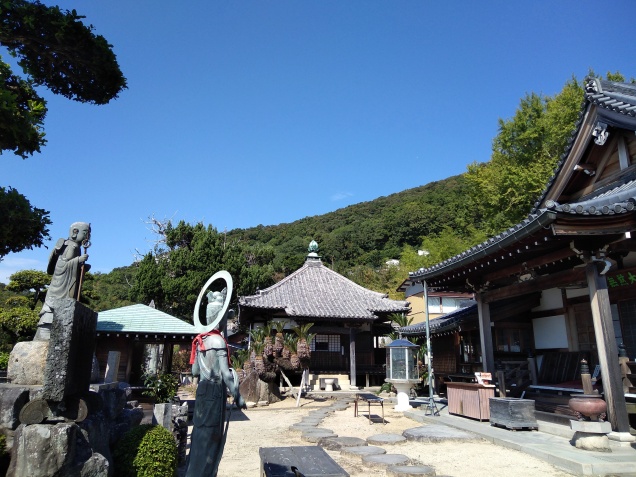

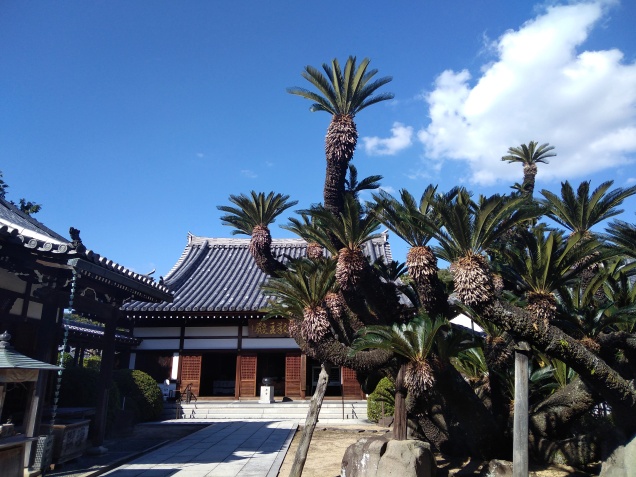



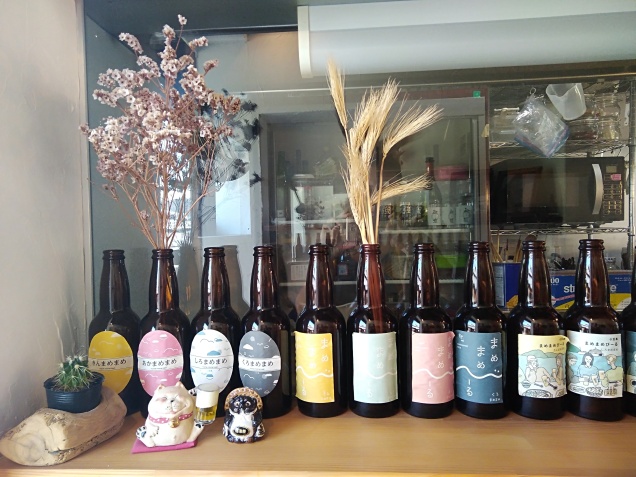

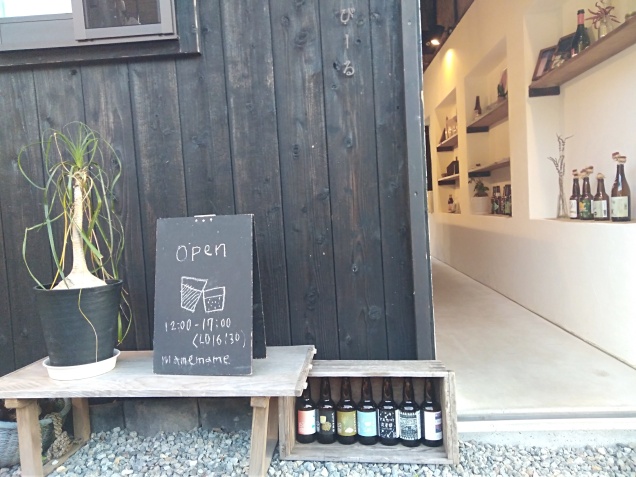

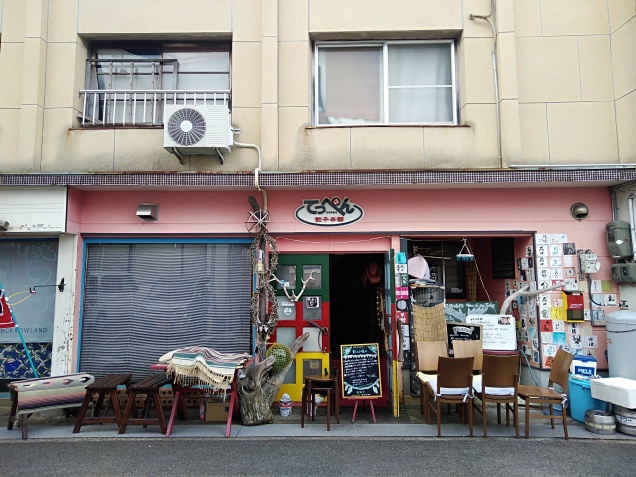
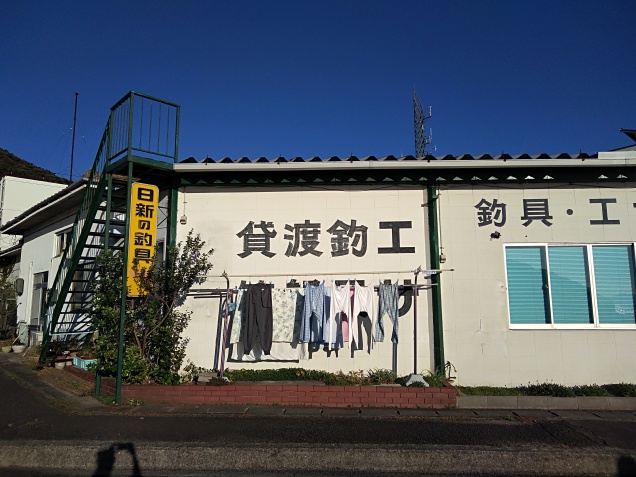



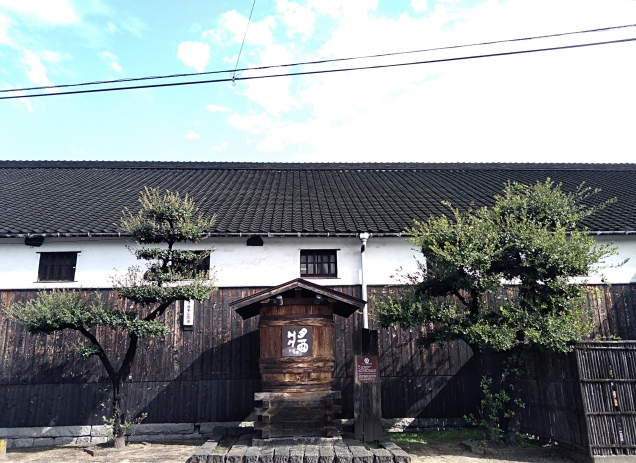

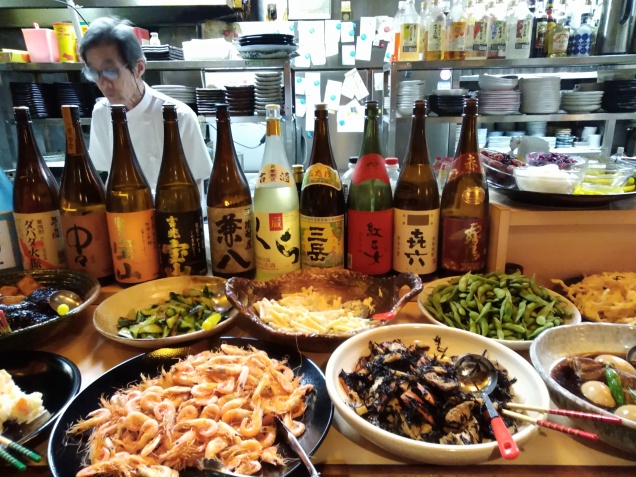
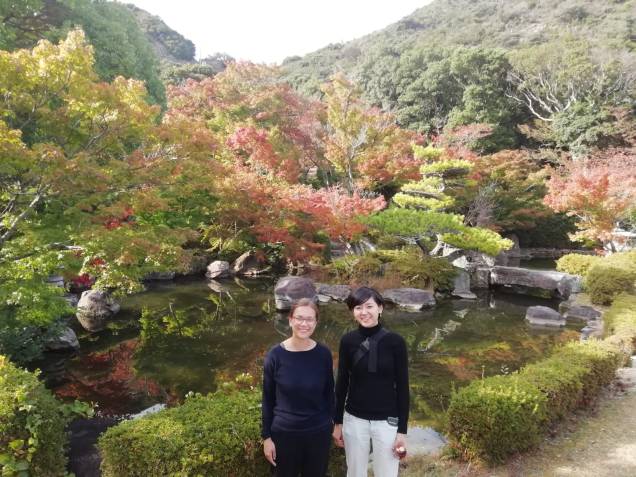
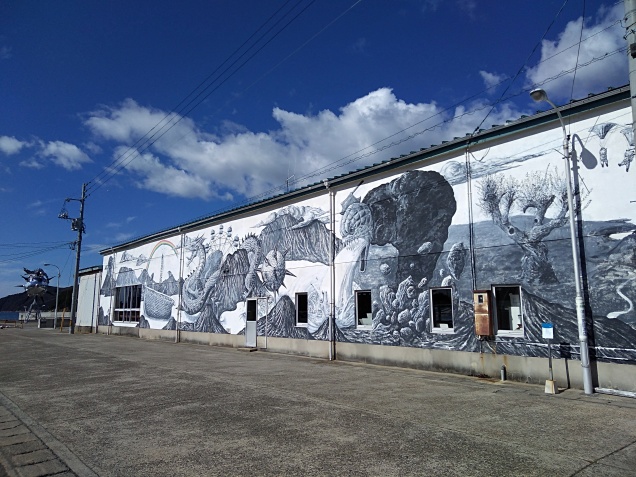
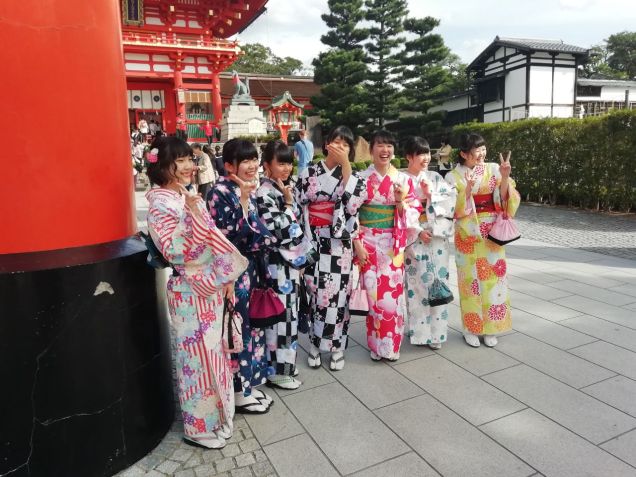






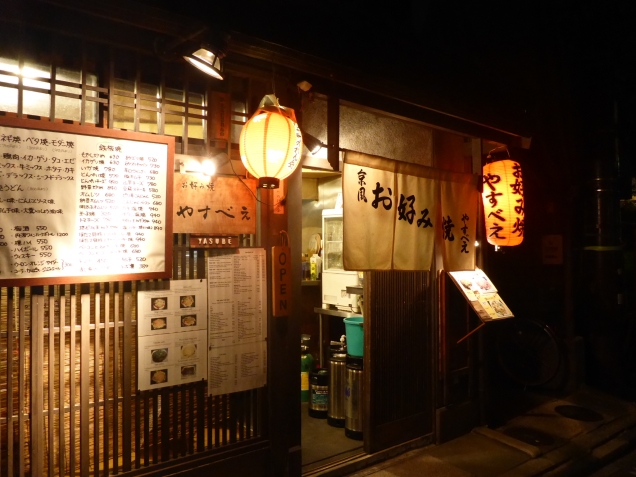







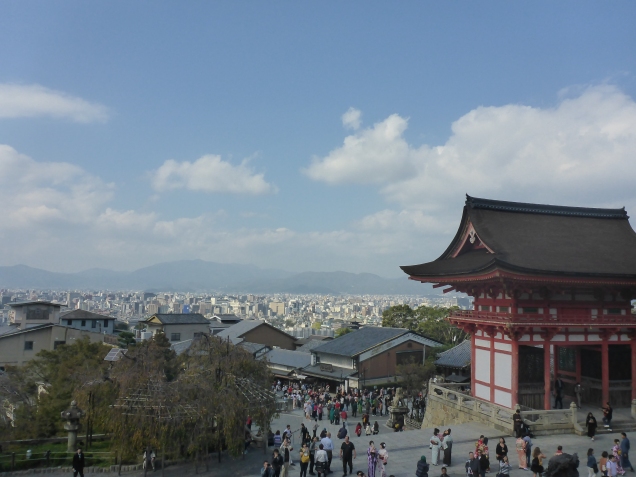


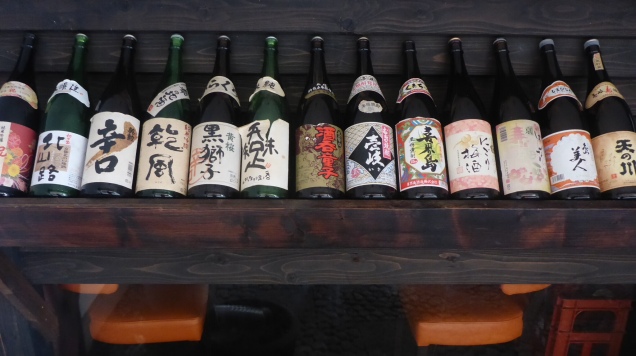

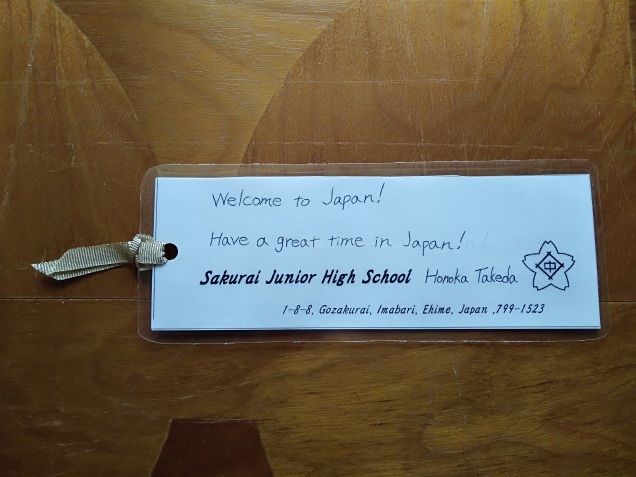

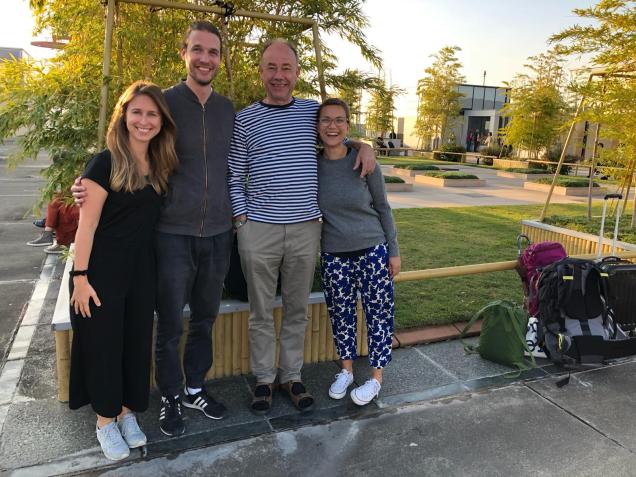
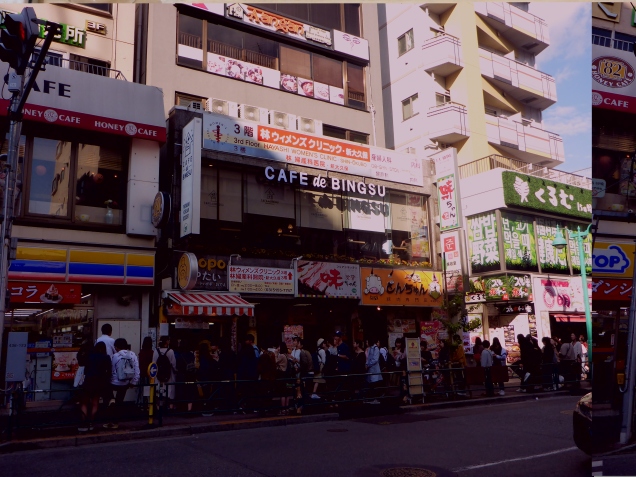
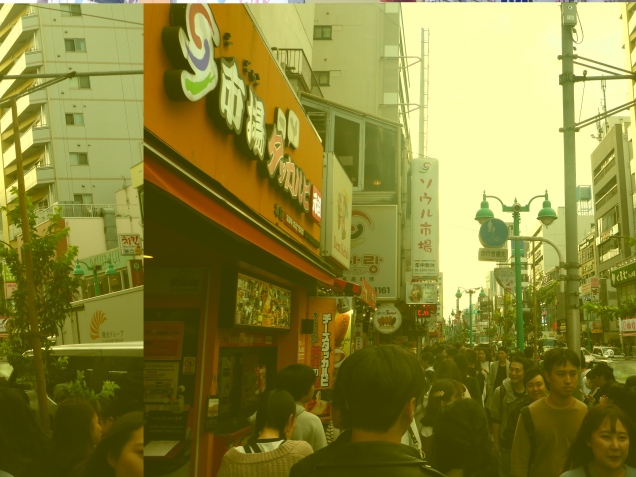

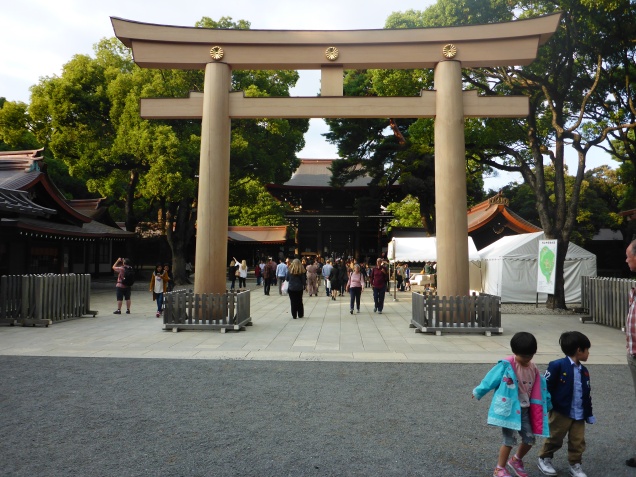
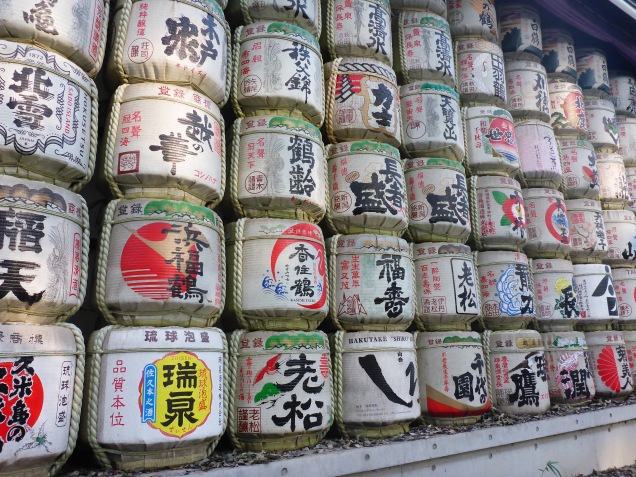
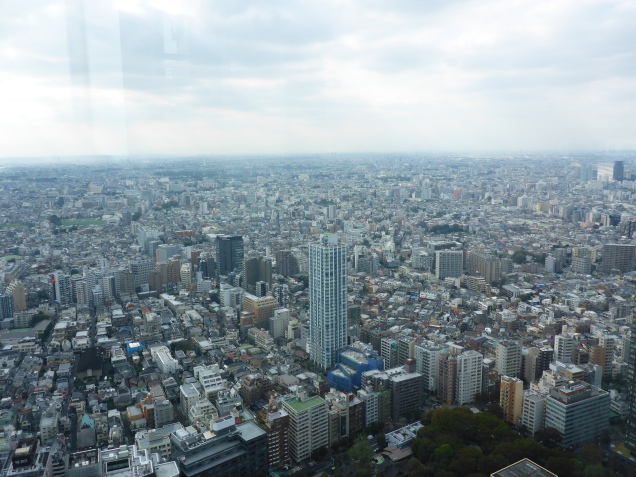


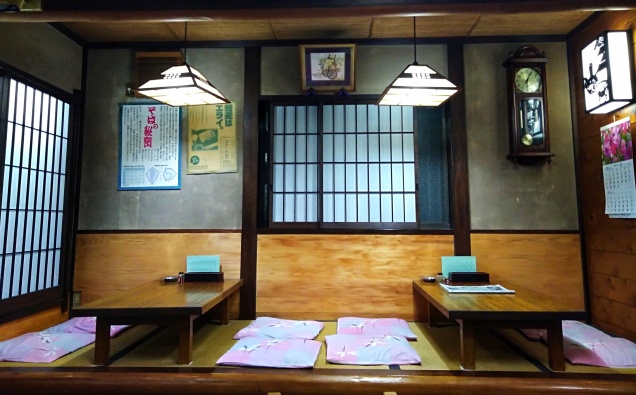
![IMG_20181016_183354[1]](https://verawanderlust.wordpress.com/wp-content/uploads/2018/10/img_20181016_1833541.jpg?w=500&h=667)


![IMG_20181016_200643-01[1]](https://verawanderlust.wordpress.com/wp-content/uploads/2018/10/img_20181016_200643-011.jpeg?w=636)
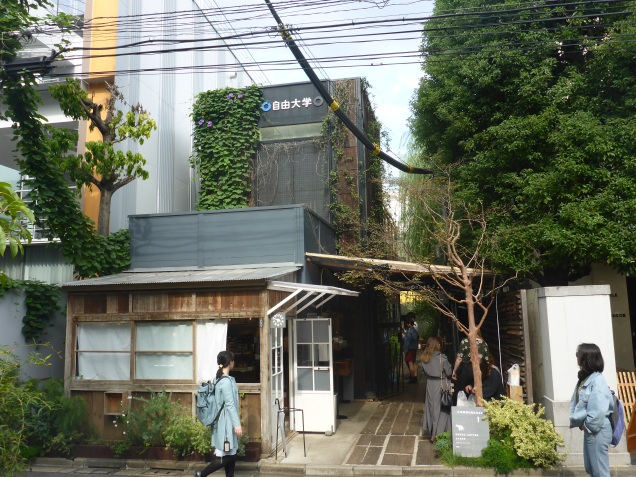



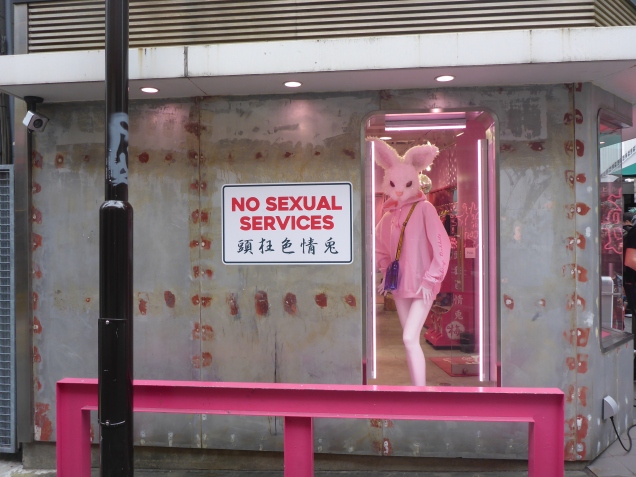

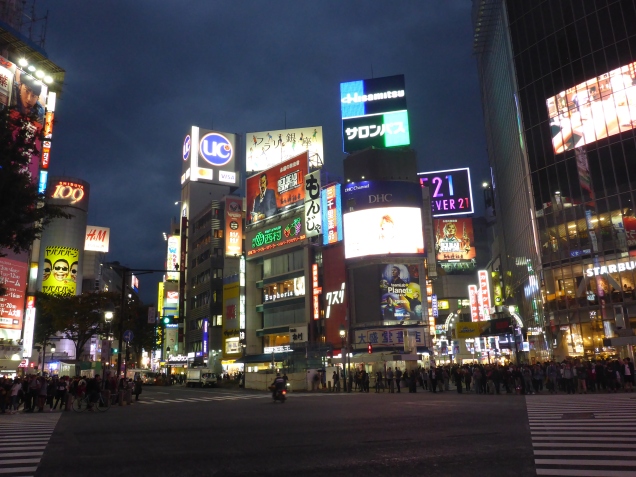
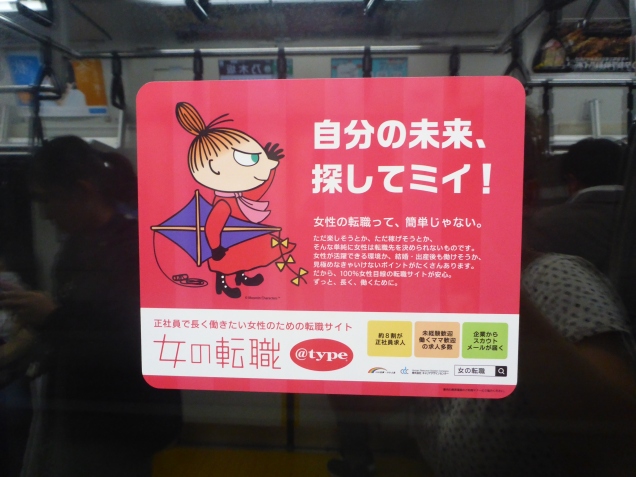


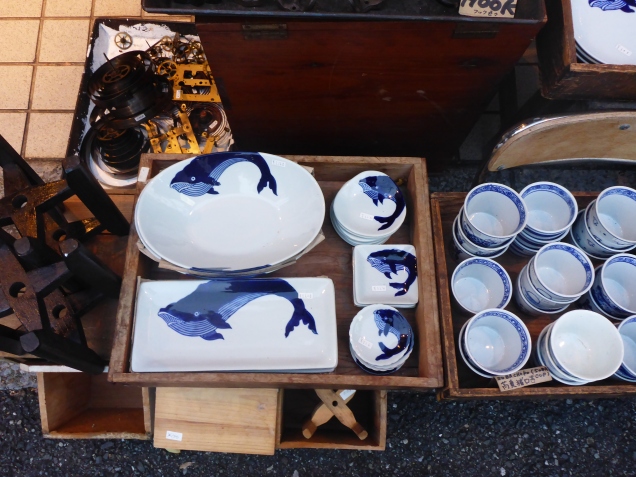
![IMG_20181021_130330[1]](https://verawanderlust.wordpress.com/wp-content/uploads/2018/10/img_20181021_1303301.jpg?w=500&h=667)




![IMG_20181018_195210[1]](https://verawanderlust.wordpress.com/wp-content/uploads/2018/10/img_20181018_1952101.jpg?w=500&h=667)
